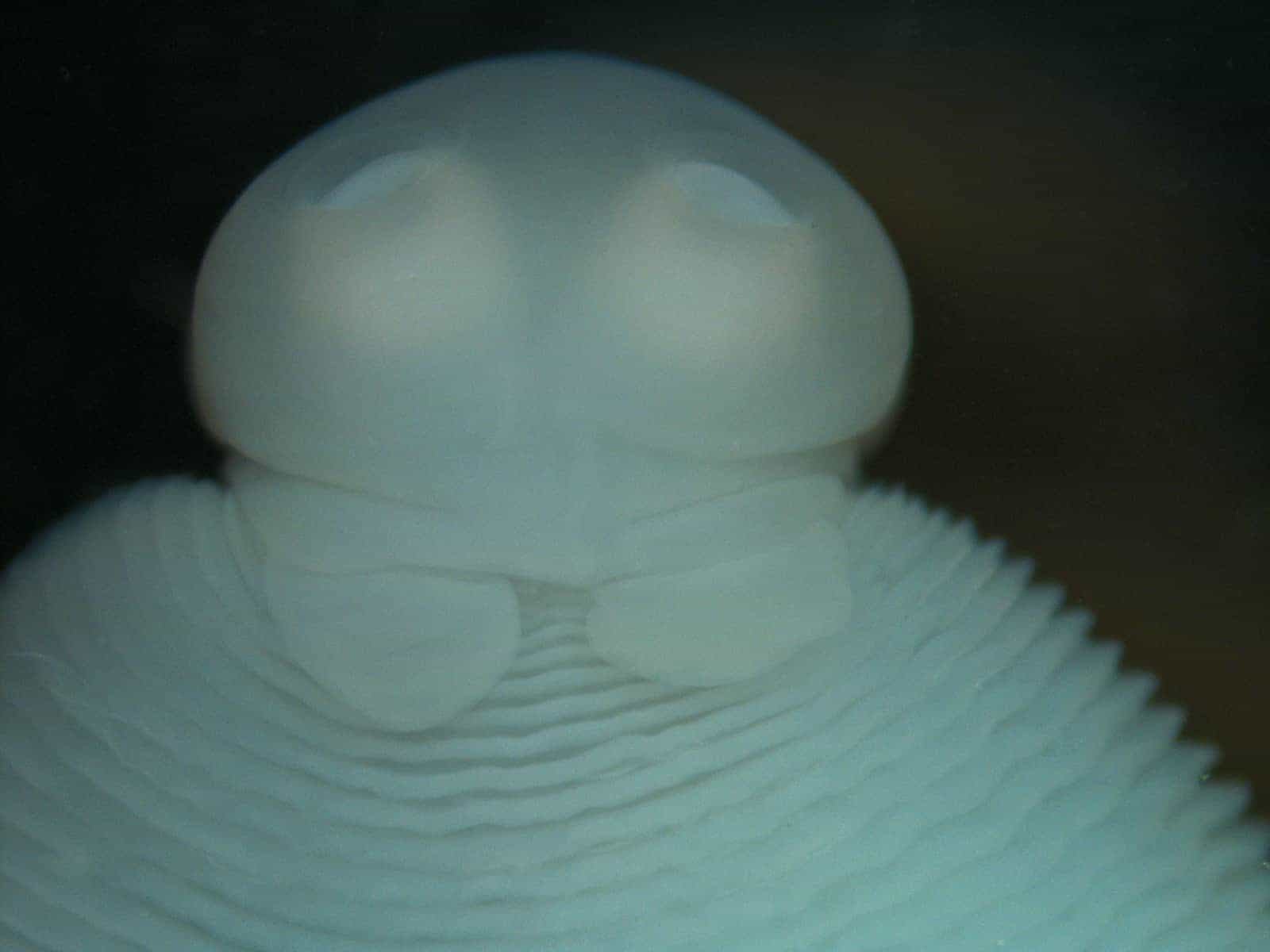Tapeworms in Horses
- Topics: Article, Deworming & Internal Parasites

Occurrence
Tapeworms are widespread and common in horses across the world. However, their presence depends on climatic conditions favoring the oribatid mite, which is the intermediate host. In dry and arid states such as Arizona, Texas, Nevada, and parts of California, horses are rarely—if at all—exposed to tapeworms. Rather, tapeworms usually live in areas with lush green pastures.
Disease
Why does tapeworm-related disease sometimes occur? There are many possible reasons. Horses might be exposed to an unusually high infection pressure, which basically means an uncommonly large number of tapeworms. This could be driven by climatic conditions or overstocked and overgrazed paddocks and pastures. A horse with a suppressed immune system due to other disease or stressful events is more susceptible to parasite infection and disease.
A. perfoliata tapeworms live at the junction between the ileum and the cecum, which is where the small intestine connects to the large intestine. They attach to the intestinal wall just inside the cecum. As a result, the disease this parasite usually causes is colic related to the ileocecal region. The horse might experience a simple impaction of the ileum or a more complicated intussusception, in which parts of the ileum telescope into the cecum. In rare cases, the intestinal tract can twist and rupture. While veterinarians can typically treat the simple impactions medically, intussusceptions and twisted intestines definitely require surgery
Create a free account with TheHorse.com to view this content.
TheHorse.com is home to thousands of free articles about horse health care. In order to access some of our exclusive free content, you must be signed into TheHorse.com.
Start your free account today!
Already have an account?
and continue reading.
Written by:
Martin Krarup Nielsen, DVM, PhD, Dipl. ACVM
Related Articles
Stay on top of the most recent Horse Health news with












